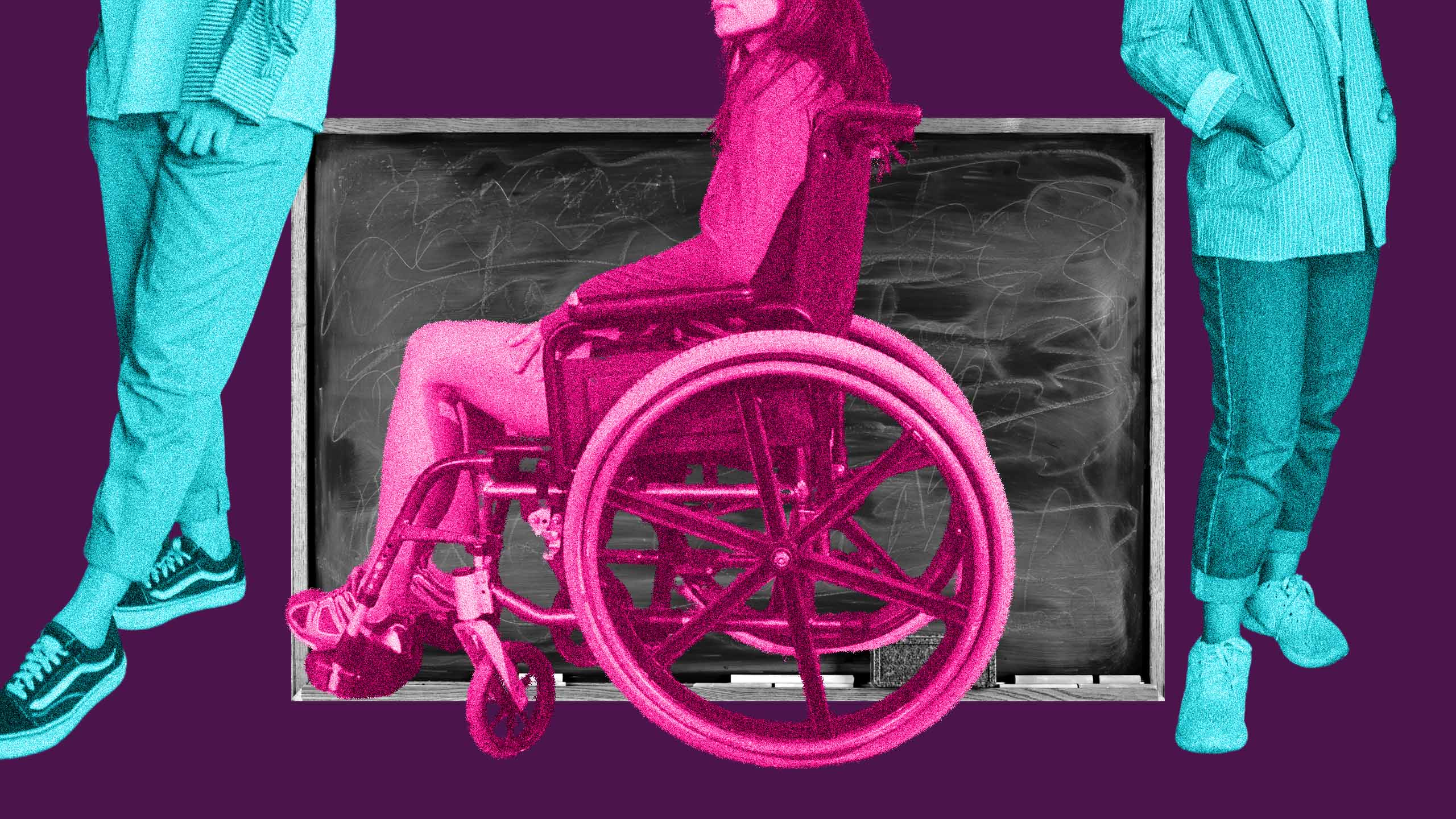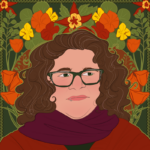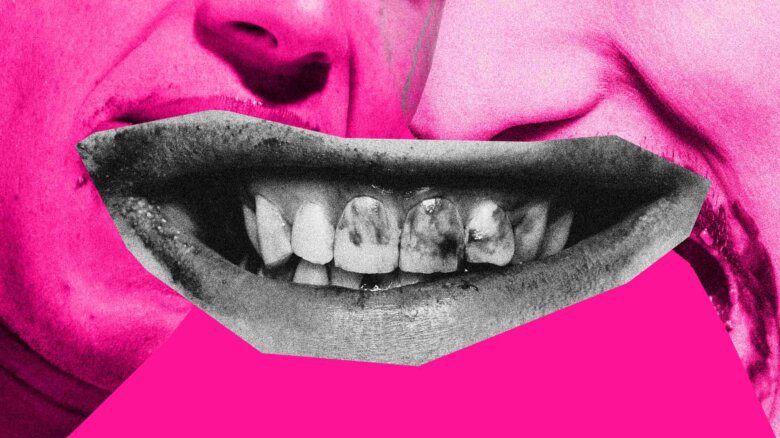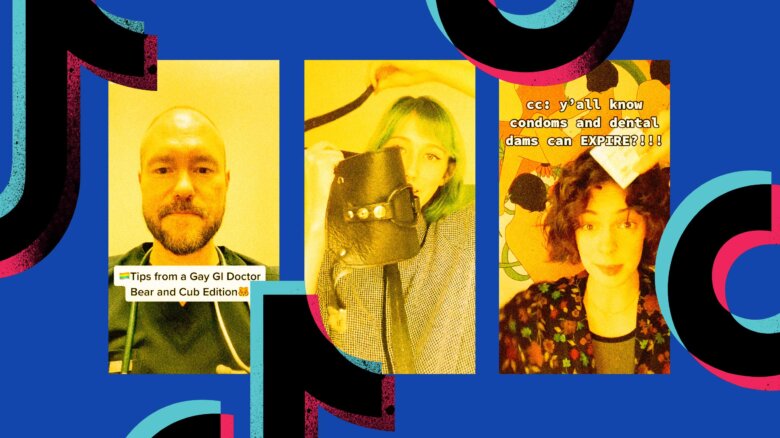It’s a bad time to be a queer young adult in the United States. A wave of conservative attacks on education targeting LGBTQ2S+ children and youth has been sweeping across the country, including legislation such as Florida’s HB 1557, also known as the “Don’t Say Gay” bill, which broadly bans discussions of gender and sexual identity in the classroom through third grade. HB 1557 is already having an impact on higher grade levels. Last week, Rep. Mike Johnson (R-LA), introduced a bill “prohibiting the use of federal funds” for any “sexually oriented” programming provided to youth under the age of 10, a national version of this sentiment with very broad and disturbing implications, including the removal of all LGBTQ2S+ content from sexual education. Similarly, an onslaught of bans which target books that cover LGBTQ2S+ subjects is affecting some four million U.S. students. Queer and trans youth hoping to find themselves in the classroom or school library may see empty shelves instead.
Sexual education is being hit especially hard by conservative scare tactics and self-identified “parental rights” activists. For decades, conservatives have been pushing abstinence-only sex-ed, now rebranded as “sexual risk avoidance.” According to SIECUS, an organization that promotes inclusive and accurate sexual education, and has explicitly called for disability-inclusive sex education, only 29 states have any kind of sexual education mandate, and a mere nine require the inclusion of LGBTQ2S+ topics in the curriculum. Six explicitly ban discussion of queer and trans people.
In Indiana, sexual educators are being called “groomers” as parents insist that they “promote” sexual activity. Indiana is not alone, with sex-ed under the microscope in a number of states, including New Jersey, Virginia and California. Policies about what kinds of topics are covered are under the control of state legislatures and school boards, and recent increased interest in school boards has led to a growing number of conservative candidates, including explicitly anti-trans ones, while state houses pushing anti-LGBTQ2S+ legislation are primed to attack sex-ed as well.
Undermining access to sex-ed harms all youth, but queer and trans youth in particular. It’s especially bad for disabled youth, who have historically struggled for equal access to education in general, not just sex-ed. Statistically, queer and trans people are actually more likely to be disabled than the general population, which has a baseline disability rate of around 26 percent in the U.S., according to the CDC. By contrast, 39 percent of trans people and 33 percent of lesbians and bisexual women, for example, self-report a disability, making it especially critical that disabled people receive inclusive instruction.
The public may assume that disabled people are not sexually active, and in some schools, disabled students have actually been removed from the classroom during sex-ed instruction, according to Katherine McLaughlin, a wheelchair-using sexual educator and consultant. Paradoxically, they can also be hypersexualized; any expression of sexual interest or activity may be treated as evidence of pathology. Sexual health disparities and the very high incidence of rape the disability community faces illustrate systemic failures, and they are exacerbated for queer and trans people, who also experience higher rates of rape and sexually transmitted infections.
When disabled students have remained in the classroom, says McLaughlin, the content has not necessarily been appropriate to their needs. “People with disabilities are if, anything, [treated as] nonsexual, but otherwise heterosexual and cis,” with no competencies around disability and LGBTQ2S+ sexuality.
“Disabled people have to resort to self-education, seeking resources on their own and without the guidance of a trained educator.”
Dr. Rachael E. Gibson of Advocates for Youth, an advocacy group focused on sexual rights and justice, agrees, adding that “families have a fear of sex-ed” which makes it challenging to update curricula.
Instead, disabled people report they’ve had to resort to self-education, seeking resources on their own and without the guidance of a trained educator. “I have been trying to piecemeal together a sex education for myself that is inclusive of my gender identity, sexuality and disability status,” Emmett Lockwood, a disabled trans man, says. “As a Gen Z kid, I definitely found my fair share of YouTube resources.” Lockwood noted that while he had access to some sex ed in K-12 education, “disability was rarely talked about in terms of sex—especially in terms of gay sex,” a frustrating experience given that gay culture can be ableist, with young gay men expected to conform to narrow beauty standards.
“I had to basically teach myself about sex because queer people and anyone other than a fully able-bodied and neurotypical person wasn’t considered,” says Jacob McGehee, who was educated at Department of National Defence-run schools for children of servicemembers. The education he received was also rife with errors.
Frustrated with the lack of resources, some disabled people even become DIY sex educators themselves, providing fellow disabled people with access to information that isn’t provided in other ways. “I went to a summer camp with other disabled kids [in the 1980s],” Denise DiNoto, a wheelchair user and disability advocate, says. DiNoto and a friend encountered a fellow camper with limited knowledge and “ended up teaching her everything we knew about human anatomy and sex one year.”
Sexual education doesn’t just provide people with tools to understand their bodies, relationships, sexuality and gender. Good, comprehensive curriculum will also cover harassment, abuse and assault. Disabled people face a much higher risk of sexual and intimate violence, especially women and children. When they don’t have access to sexual education, says McLaughlin, they may lack the language or understanding to identify what is happening as abuse. She cites a troubling example shared with her by a client that isn’t unique: a developmentally disabled woman kept saying that a man was “touching her purse,” leading staff to put her purse on a shelf or in a drawer, and it took them three weeks to understand she meant “vulva,” but hadn’t been taught an anatomically accurate word. Disabled people, especially those with intellectual disabilities, are also conditioned to believe that they can’t or shouldn’t say no, and may not feel comfortable refusing unwanted attention. Sex-ed offers opportunities for direct interventions to protect disabled youth, and when LGBTQ2S+ content is left out, they can miss vital context.
“All sex-ed has to be inclusive of disability,” disabled sex educator Robin Wilson-Beattie says. “It has to have disability as a component.” McLaughlin distinguishes between equality—being placed in a mainstream classroom—and equity—receiving sexual education that actually meets the needs of disabled youth. That might include concrete discussions about intimate care providers and specific examples of boundary violations that speak to the disabled experience.
Dr. Bianca I. Laureano, an educator, sexologist and curriculum designer, notes that sexual education must also move beyond anatomy and discussions of relationships, and into a deeper conversation about power that is developed in consultation with young adults. “If you’re not engaging with that power framework, that is the first place where we fail,” she explains. Talking about power and imbalance can be key to integrating discussions about race, disability, fatness and other marginalizations in a way that’s accessible to youth. For disabled people, for example, parents may hold tremendous power, including over medical decisions and who gets to touch their bodies, leading young people to feel like they don’t control their lives. Comprehensive sex education that includes power discussions can empower youth to assert boundaries and autonomy with parents and personal care attendants, even in something as simple as asking that people obtain consent before washing their genitals during a bath.
Laureano notes that disability-competent sexual education should also involve consulting with youth directly about what they need and how to present it. McLaughlin agrees; she consulted with Green Mountain Self-Advocates to develop a sexual education curriculum that reflected the needs of disabled people, complete with a team approach to teaching that actively integrates a disabled person as an instructor. Their disability-focused curriculum includes subjects such as sexual self-advocacy, which encourage people to speak up within relationships—and also to engage in conversations about relationships and sexuality more broadly in order to fight back against stigma. It also teaches abuse prevention that directly engages with issues relevant to the disability community—though they also serve non-disabled people—such as accurately and neutrally describing anatomy. Another element introduces communication cards, which are used by some disabled people who don’t speak, to expand the conversation and add concepts to their vocabulary.
Disabled youth are accustomed to being left out of sexual education, particularly when they’re queer or trans, in part because of outdated attitudes about disability and sexuality. “Because sex-ed has been under attack for so long, it’s doing the bare minimum,” says Laureano. “In many ways, the system we have created does not invite educators to be creative, innovative, thoughtful, unless they’ve been given permission.”


 Why you can trust Xtra
Why you can trust Xtra
